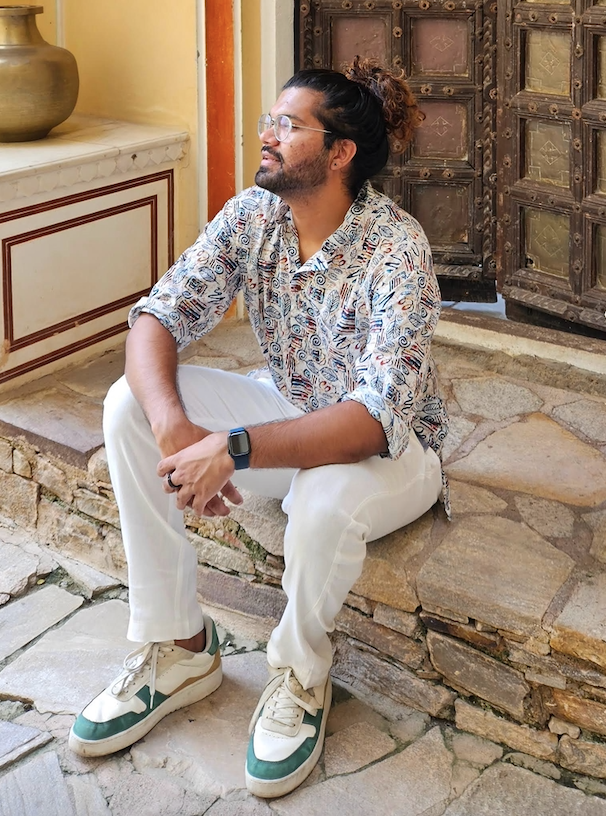Hello!
I’m a fifth year PhD student in the Penn Image Computing and Science (PICSL) at the University of Pennsylvania under the supervision of Prof. Paul Yushkevich. I’m interested in medical image analysis working on image segmentation and registration problems to aid image-guided surgery and develop computational methods and tools to understand neurodegenerative diseases.
I completed my MSc. in computer science in the Shape Analysis Group at McGill University. I was supervised by Prof. Kaleem Siddiqi and Prof. Louis Collins at the Montreal Neurological Institute. My MSc. thesis was on “Spine Segmentation in Computed Tomography Images using Geometric Flows and Shape Priors”. See here or here.
See my publications at Google Scholar profile.
NEWS
- Guest lecturer for the graduate course CIS/BE 537 Biomedical Image Analysis at UPenn [Dec. 5th-7th 2022] Recording available on YouTube Day 1 and Day 2.
- Research intern at Google, Mountain View [Fall 2022]
- Research intern at Amazon, Palo Alto [Summer 2022]
- Reviewed for Medical Image Analyis
- Guest on the podcast, “Abstract: The Future of Science”. Listen here
In the past, I’ve interned at:
- Google [Mountain View, United States]
- Amazon [Palo Alto, United States]
- Imagia Inc. [Montreal, Canada]
- Planet Labs [San Francisco, United States]
- Centre for Advanced Imaging, University of Queensland [Brisbane, Australia]
- Imaging, Multimedia and Graphics Lab, University of Saskatchewan [Saskatoon, Canada]
I also maintain a blog and contribute to open source projects such as this.
Primary Research Interests
My primary research focus is to develop biomarkers and understand how neurodegenerative diseases, such as Alzheimer’s, spread in the brain using postmortem ex vivo human brain specimens scanned at ultra high resolution at 7 Tesla magnetic field strength magnetic resonance imaging. To this end, I develop methods to for brain mapping using limited training data by leveraging methods based on meta-learning, domain disentanglement, generalization and few-shot learning. Separately, to link morphometry with underlying neuropathology, I’ve developed an end to end network to register ex vivo and in vivo images via generative adversarial networks within a contrastive learning framework and diffeomorphic deformable 3D image registration algorithms.
I’ve also developed methods based on geometric level sets and shape priors and geometric constraints based on medial axis representations to segment vertebrae in computed tomography images and the heart in ultrasound images, to help image-guided surgery. Separately, I’ve explored graph-based network analysis methods to investigate possible computational biomarkers to distinguish patients within the Alzheimer’s Disease spectrum.
In my spare time, I read poetry, fiction and non-fiction, listen to science podcasts, nerd out on coffee, enjoy indie music, indie movies and am constantly searching for the next best cafe! Oh, and I love oxford comma! I believe in Slow Science.
